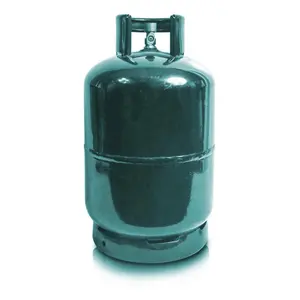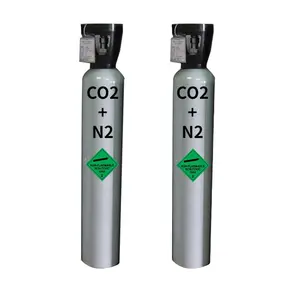

Empty Gas Cylinder Price Zhangshan 6kg Gas Cylinder Lpg Gas Cylinder Refillable Empty Gas Cylinder With Low Price


Oxygen Argon Gas Cylinder Customized High Pressure Co2 Tank DOT/ISO 40l Steel 1000 L High Pressure Medical Gas



















The 40 liter oxygen cylinder is a crucial resource for various industries, designed to meet the needs for transporting and storing oxygen. These cylinders are engineered to deliver oxygen gas to locations beyond the reach of gas pipelines, offering a practical solution for areas needing mobile or emergency oxygen supplies.
40 liters oxygen tanks are versatile in their use, catering to sectors such as healthcare, diving, and industrial processes. In medical facilities, these cylinders are indispensable for providing life-sustaining oxygen to patients. For divers, the oxygen cylinder 40 l is essential for underwater breathing apparatus, ensuring a safe supply of oxygen during dives.
The construction of a 40 liter oxygen cylinder involves materials that can withstand high pressures, typically aluminum or steel. These materials are chosen for their durability and ability to maintain the integrity of the gas contained within. The design of these cylinders also includes safety mechanisms to prevent accidents during transportation and use.
Utilizing a 40 liters oxygen tank provides the advantage of portability and convenience, especially in remote locations or situations where gas pipelines are not feasible. These cylinders allow for the temporary storage of oxygen, ensuring that it is available when and where it is needed most.
While the oxygen cylinder 40 l is designed for safety, it is imperative that they are handled with care. Proper storage conditions and adherence to safety guidelines are essential to prevent any risks associated with high-pressure oxygen storage.
Selecting the appropriate 40 liter oxygen cylinder involves considering the specific requirements of the application. It is important to assess factors such as material compatibility, pressure ratings, and valve types to ensure the safe and effective use of the cylinder.